Listening for Themes and Connections
Welcome to this listening practice session designed to help you prepare for international English exams. Today’s topic explores the fascinating connection between ancient cultural folktales and the stories we enjoy today. Listening comprehension often involves understanding not just facts, but also underlying themes, cultural context, and connections between ideas.
Here are some tips relevant to today’s listening:
- Listen for Definitions and Examples: The speaker will likely define key terms like “folktale,” “archetype,” or “motif.” Pay close attention to these definitions and the specific examples used to illustrate them (e.g., specific folktales or modern stories).
- Track Themes and Motifs: Folktales often carry recurring themes (like good vs. evil, courage, transformation) and motifs (common symbols or story elements). Listen for how the speaker discusses these recurring elements and how they reappear in modern narratives.
- Understand the ‘Why’: Focus on the speaker’s explanations for why folktales continue to influence modern storytelling. What reasons does the speaker give for their enduring power and relevance? Understanding the speaker’s reasoning is key to answering inference and main idea questions.
Get ready to listen to the passage about the influence of cultural folktales on modern storytelling.
Listening Quiz
Listening Transcript
Listening Transcript: Please don’t read the transcript before you listen and take the quiz.
Hello everyone. Today, we delve into the enchanting world of storytelling, specifically exploring the profound and often subtle influence that traditional cultural folktales exert on the narratives we consume in the modern era – from blockbuster films and bestselling novels to even advertising and video games. It might seem counterintuitive that these ancient, often orally transmitted stories, born from specific cultural contexts centuries ago, continue to resonate so powerfully in our technologically advanced, globalized society. Yet, their foundational elements are remarkably persistent and pervasive.
First, let’s clarify what we generally mean by ‘folktales’. These are stories originating in popular culture, typically passed on by word of mouth, often anonymous in origin. They include myths, legends, fables, fairy tales, and tall tales. They served multiple functions within their original communities: explaining natural phenomena, reinforcing social norms and values, transmitting wisdom, providing entertainment, and exploring universal human fears and desires. Think of stories like ‘Cinderella’, ‘Little Red Riding Hood’, the myths of Hercules, or the Anansi trickster tales from West Africa and the Caribbean.
One of the primary ways folktales influence modern storytelling is through the concept of archetypes. Pioneered in psychology by Carl Jung, archetypes are universal, inherited patterns of thought or imagery derived from the collective unconscious and recurring in myths, literature, and art across cultures. Folktales are replete with these archetypal figures: the Hero on a quest, the wise Old Mentor, the villainous Shadow figure, the Shape-shifter whose loyalty is uncertain, the Trickster who disrupts norms. These aren’t rigid character templates but flexible frameworks that resonate deeply with audiences because they tap into fundamental aspects of the human psyche. Look at modern fantasy like ‘Star Wars’ or ‘Harry Potter’ – Luke Skywalker and Harry are classic Hero figures, guided by Mentors like Obi-Wan Kenobi and Dumbledore, facing Shadow figures like Darth Vader and Voldemort. The enduring appeal of these stories owes much to their skillful deployment of these ancient archetypes, inherited largely from folklore and myth.
Beyond characters, folktales provide foundational narrative structures and plot motifs. The ‘hero’s journey,’ famously outlined by Joseph Campbell, traces a common template found in myths and folktales worldwide: the call to adventure, crossing the threshold into the unknown, facing trials and tribulations, achieving a boon or realization, and returning transformed. This structure underpins countless modern stories, from epic films to simple coming-of-age narratives. Similarly, specific plot devices or motifs originating in folklore constantly reappear: the forbidden object or place, the magical transformation, the rule of three (three wishes, three trials, three siblings), the mistaken identity. These recurring elements provide familiarity and tap into narrative conventions ingrained in our collective storytelling traditions.
Folktales also transmit enduring themes that continue to preoccupy modern storytellers. The struggle between good and evil, the quest for identity, the importance of courage and perseverance, the dangers of greed or hubris, the transformative power of love or sacrifice – these are themes explored endlessly in folktales and echoed persistently in contemporary novels, films, and television shows. Disney, for instance, has built an empire largely on retelling and adapting European fairy tales, simplifying their often darker origins but retaining their core thematic concerns in a way that resonates with family audiences globally. These themes speak to universal human experiences, which is why they transcend their original cultural contexts.
Furthermore, the very act of adapting or retelling folktales allows modern creators to engage in a dialogue with the past. Sometimes, adaptations are straightforward, seeking to capture the original spirit. Other times, creators intentionally subvert or deconstruct traditional tales to explore contemporary issues or challenge outdated norms. Think of novels like Gregory Maguire’s ‘Wicked,’ which retells ‘The Wizard of Oz’ from the Witch’s perspective, or films like ‘Maleficent.’ Feminist retellings of fairy tales often critique the passive roles assigned to female characters in older versions. These reinterpretations demonstrate the flexibility and continued relevance of folktale structures, allowing them to be reshaped to reflect changing societal values and concerns.
However, it’s important to acknowledge the cultural specificity of folktales. While some themes and archetypes appear near-universal, many tales are deeply embedded in the specific beliefs, environment, and history of the culture that produced them. When these stories are adapted or borrowed by other cultures, particularly dominant ones, there’s a risk of misinterpretation, appropriation, or stripping the stories of their original context and significance. Responsible engagement with folklore requires acknowledging its origins and understanding the cultural nuances embedded within it.
In conclusion, the influence of cultural folktales on modern storytelling is undeniable and multi-layered. Through enduring archetypes, foundational narrative structures, universal themes, and their adaptability for reinterpretation, these ancient stories provide a rich tapestry from which contemporary creators continually draw inspiration. They connect us to our collective past, tap into fundamental aspects of human psychology, and provide frameworks for exploring timeless questions about life, morality, and the human condition. Far from being relics of the past, folktales remain a vibrant and essential part of our ongoing global narrative tradition. Thank you.
Glossary
- Exert: To apply or bring to bear (force, influence, or quality). In the talk: How folktales apply influence (“exert on”) modern narratives.
- Counterintuitive: Contrary to intuition or to common-sense expectation. In the talk: It seems unexpected (“counterintuitive”) that old stories remain so relevant.
- Resonate: Evoke or suggest images, memories, and emotions; strike a chord. In the talk: Why these ancient stories still connect emotionally (“resonate so powerfully”) today.
- Pervasive: Spreading widely throughout an area or a group of people (especially of an unwelcome influence or physical effect). Used here more neutrally for ‘widespread’. In the talk: The foundational elements of folktales are widespread (“pervasive”) in modern stories.
- Replete with: Filled or well-supplied with something. In the talk: Folktales are full of (“replete with”) archetypal figures.
- Archetype: A very typical example of a certain person or thing; a recurrent symbol or motif in literature, art, or mythology. In the talk: Universal character patterns like the Hero (“archetypal figures”).
- Motif: A decorative design or pattern; a dominant or recurring idea in an artistic or literary work. In the talk: Recurring plot elements (“plot motifs”) like the rule of three.
- Underpin: Support, justify, or form the basis for. In the talk: The hero’s journey forms the basis for (“underpins”) many modern stories.
- Hubris: Excessive pride or self-confidence, often leading to downfall. In the talk: A common theme in folktales is the danger of excessive pride (“hubris”).
- Subvert: Undermine the power and authority of (an established system or institution); challenge established norms or expectations. In the talk: Modern creators sometimes challenge (“subvert”) traditional tale interpretations.
- Deconstruct: Analyze (a text or linguistic or conceptual system) by deconstruction, typically in order to expose its hidden internal contradictions or assumptions. More loosely, to take apart or analyze critically. In the talk: Creators analyze or take apart (“deconstruct”) traditional tales.
- Appropriation: The action of taking something for one’s own use, typically without the owner’s permission; often used in a cultural context for the adoption of elements of a minority culture by members of the dominant culture. In the talk: The risk of improperly taking (“appropriation”) stories from another culture.
- Nuances: Subtle differences in or shades of meaning, expression, or sound. In the talk: Understanding the subtle cultural meanings (“cultural nuances”) in folktales.
- Tapestry: Used metaphorically to describe a complex or intricate situation or combination of things. In the talk: Folklore provides a complex, interwoven resource (“rich tapestry”) for creators.
- Relics: Objects surviving from an earlier time, especially one of historical or sentimental interest; things that have survived from a past age. In the talk: Folktales are not just outdated objects (“relics of the past”).
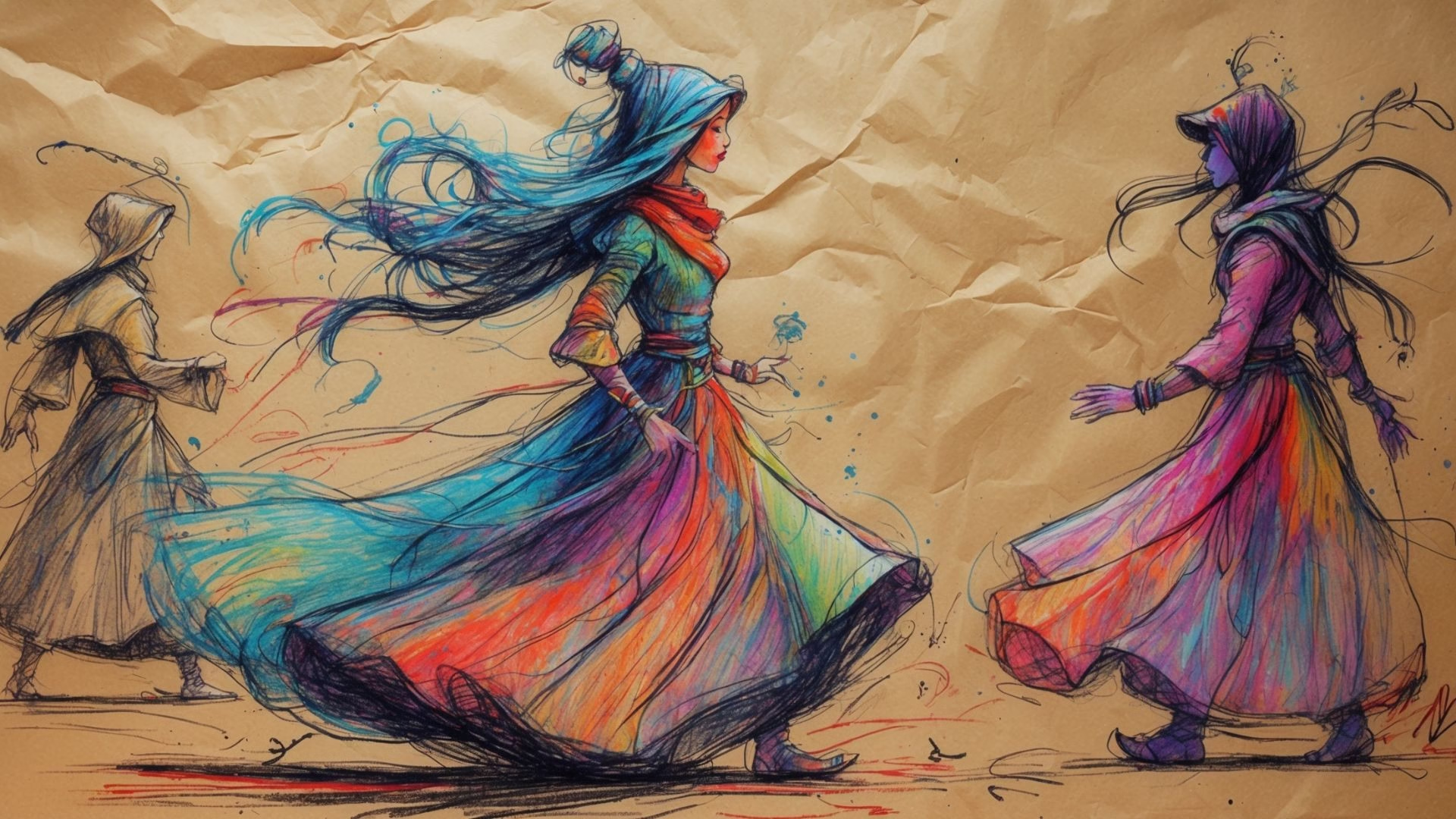
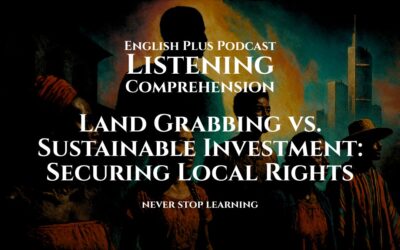
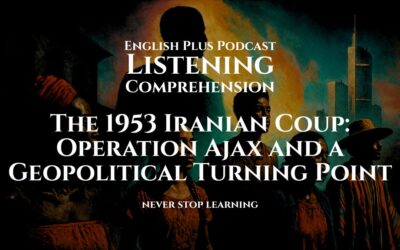
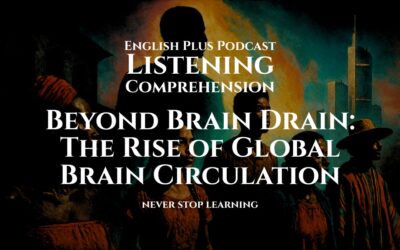


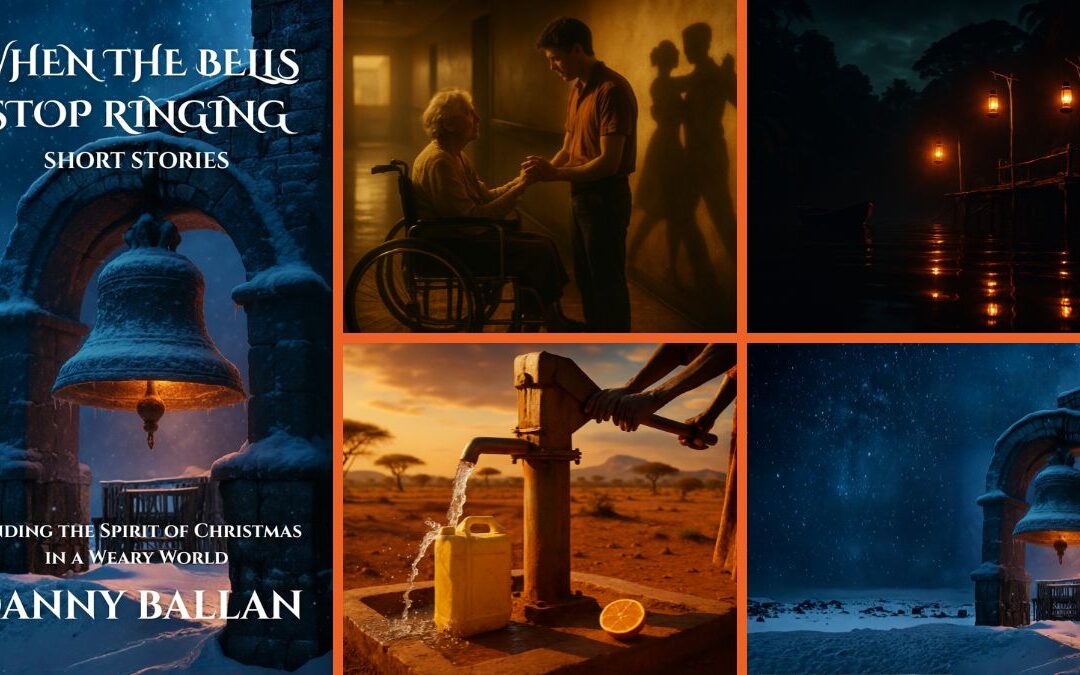



0 Comments